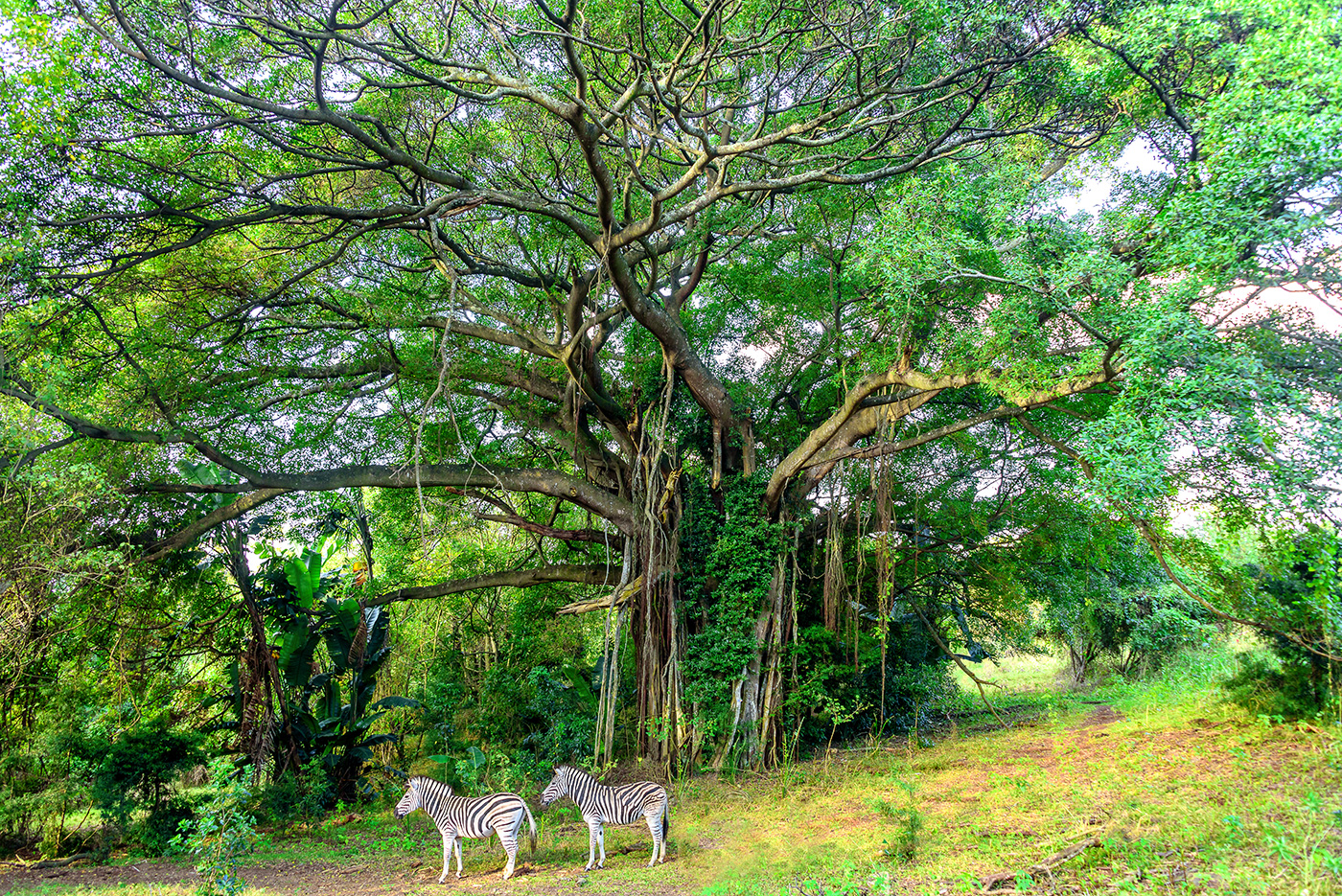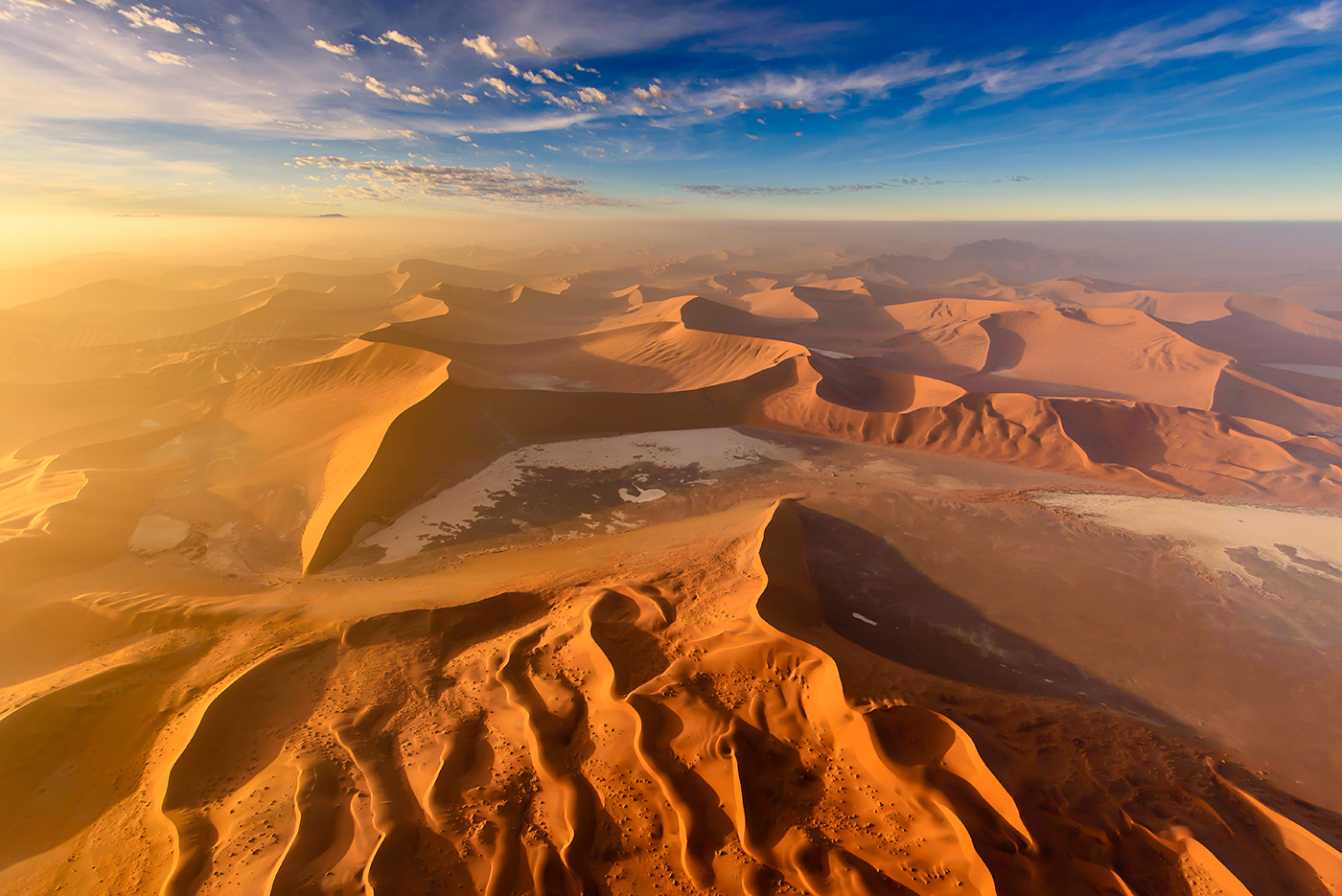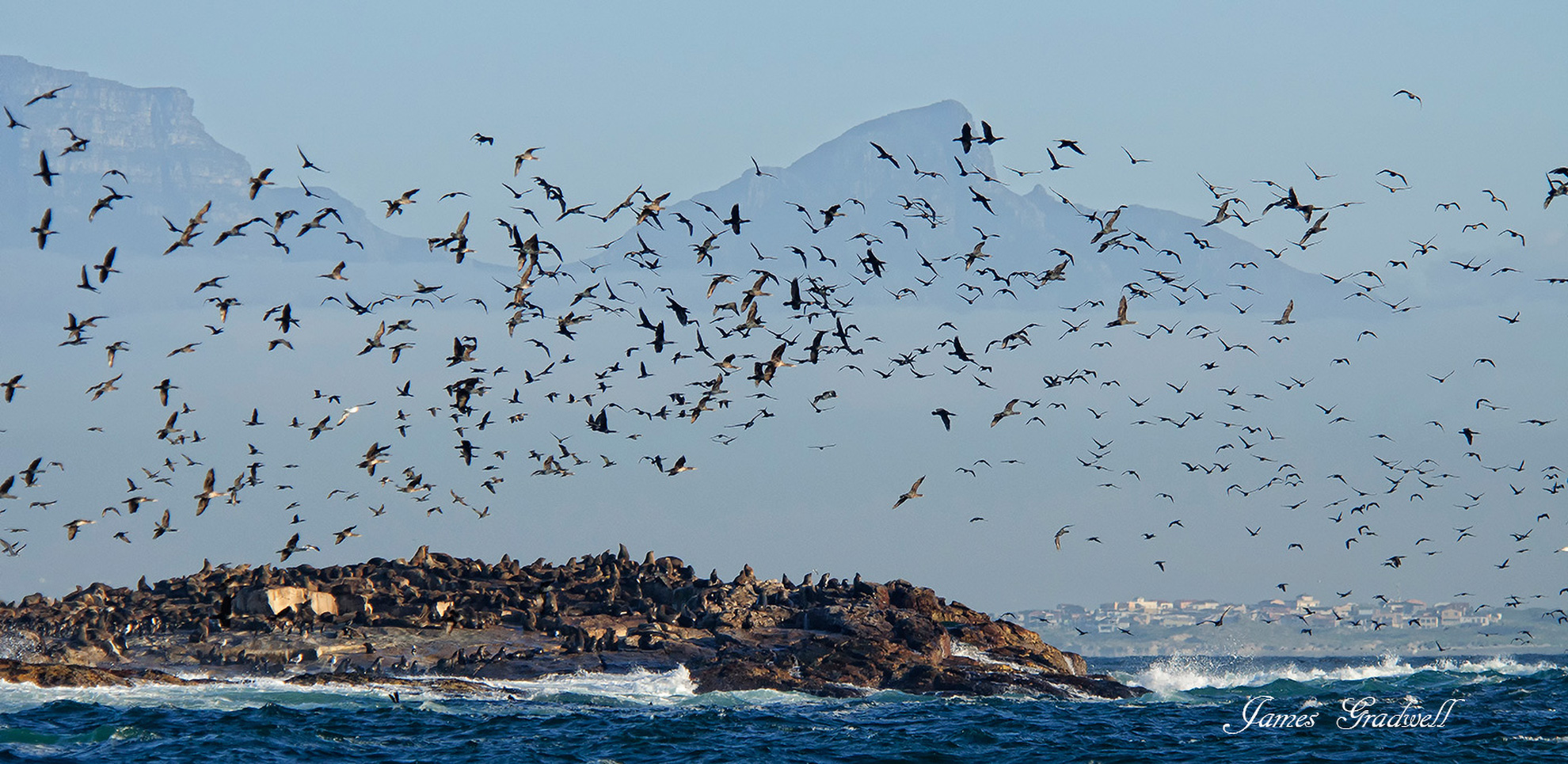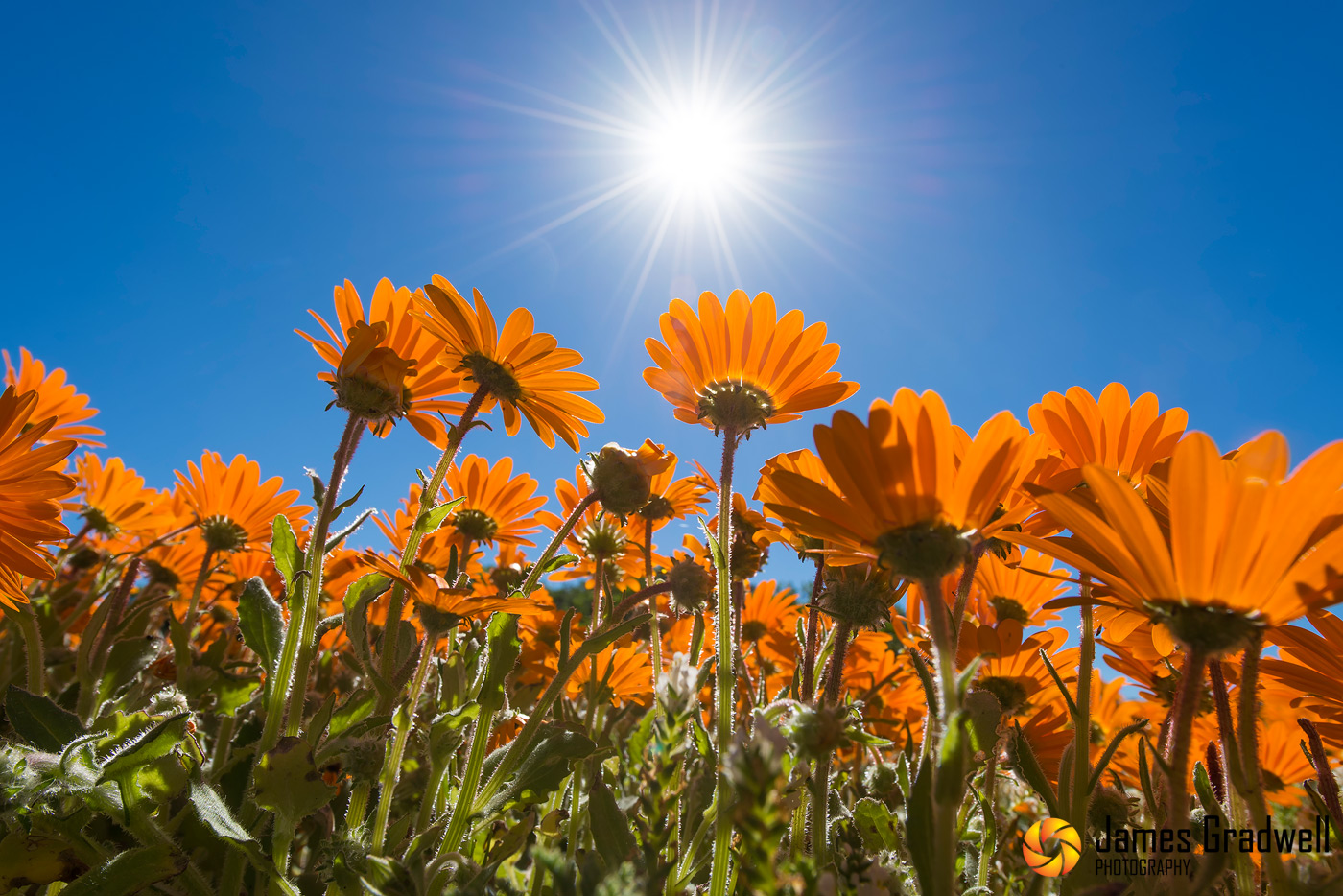BEST TIME TO VISIT SOUTH AFRICA FOR OUTDOOR PHOTOGRAPHERS
When is the best time to visit South Africa for a Safari or to photograph the landscapes? Having photographed my country for over 20 years, I can tell you without hesitation every season has something amazing to photograph so instead I’ll give you an overview of what to expect per season. Please also visit our Climate Page for more info on the Western Cape as it has a Mediterranean climate (wet winters/dry summers) which is the opposite of everywhere else in Southern Africa that experiences dry winters and wet summers.
SUMMER

SUMMER is roughly NOVEMBER TO MARCH. With the exception of Cape Town this is also start of the rain season
WILDLIFE & BIRD: In the Safari regions, summer is known as the ‘Green Season’ as the rains (which fall mainly as brief afternoon thunderstorms) transform the brown landscapes into verdant greens. Early summer, before it gets too hot or the bush too dense is an absolutely magical time for wildlife photographers. All the migrant birds are back, there are babies everywhere and the landscapes are bustling with life. As a general, the rains start around mid Nov, but sometimes we can have big wet cold fronts in October and some years the rains don’t arrive until December.
By Jan/Feb summer is in full swing, it’s proper hot and humid and the bush is dense making it harder to spot animals but the colours are rich and vibrant and the birding is excellent plus stormy skies can be sensational as a backdrop. For keen birders the mountain and grassland regions (Drakensberg/Lesotho/Natal Midlands) are the place to be for summer, its open and all the grassland birds (like widows and whydahs) are in full breeding plumage with their long tails. The higher altitude means its not as hot as the savannah but summer storms and rain are the same. Another highly recommended summer location is the Caprivi and Chobe river region in Botswana and northern Namibia.
LANDSCAPES: Summer is a great time for landscapes of the Drakensberg, Lesotho and Mpumalanga mountain regions as well as Namibia. Rain brings colour to the land and drama to the sky with dramatic clouds and storms, plus all the waterfalls are flowing, flowers are blooming and chances of colourful sunset/sunrises are good too!
CAPE REGION: This is the driest time of the year with infrequent rain (February is the driest month) but it’s also the windiest time when the prevailing south easterly winds can be very intense! These south easterly winds are known as the ‘CAPE DOCTOR’ because they blow away the city pollution and clean the air. They also produce the famous ‘tablecloth’ (cloud) over Table Mountain.
During the summer months photographers can expect lots of sunshine (and wind!) blue ocean waters and a lively Cape Town atmosphere but it is also peak tourist season (Dec/Jan in particular) when it can extremely busy with lots of heavy traffic and peak prices.
For bird and wildlife photographers this tends to be a quieter time, especially if it is windy. However the Penguins at Boulders Beach can be photographed with some of the bluest waters in summer and Kirstenbosch Gardens is good year round.
GREEN SEASON BONUS: If you wish to except the crowds, the dust and pay less for your Safari this is the time of year to travel. Low season summer rates however do not apply to Cape Town as summer is Cape’s peak season.
AUTUMN

AUTUMN is roughly APRIL TO MID JUNE and is the season with the best weather.
LANDSCAPES: Autumn is a great time for colourful landscapes like Namibia pictured above as well as the Drakensberg, Garden Route and Cape Wine Regions. The calm weather is great for seascapes and of course the rich autumn colours ‘pop’. March/April is my pick of my months for landscapes in Drakensberg, Namibia and the Cape. Autumn colours in the wine region mid May – early June is the time.
WILDLIFE & BIRD: The weather is glorious with infrequent rain. April can still be hot as the green season colours start fading by May/June the savannah is transforming into golden hues of orange and yellow. It is a beautiful time of year, wildlife sightings are great, for birders all the migrants have left but the resident birds are still in abundance and with the autumn colours it’s a great time to photograph them.
CAPE REGION: Early April is warm 26 °C (79F) cooling by June 18 °C (64F). This is a spectacular time to be in the Cape as the winds calm down, the days are balmy and rains infrequent. During Autumn photographers can expect some of the best weather in the Cape with pleasant warm, wind-free days and the landscape start transforming by May into rich autumn colours, with the lower sun angle, the light is less harsh so you photograph for longer in the morning and afternoon light.
Late May/early June is the best time for autumn colours in the wine region and it’s the time when the sea mist can roll into Cape Town. For landscape photographers May/June are my pick of the months to visit Cape Town. For bird photographers, birding is great in Autumn and May/June the ocean trips start to produce their magic.
WINTER

Winter is roughly MID JUNE TO SEPTEMBER when the high elevation regions of the country get snow and the nights and early mornings on Safari are cold, much colder than some visitors expect!
CAPE REGION: This is the time when large cold fronts sweep in from the Atlantic Ocean and the city receives most of its annual rainfall but due to the Cape’s mountainous terrain rainfall varies significantly from place to place. The city and coastal plains receive approx. 515 millimetres (20 in) of rain p/a while the mountain areas can average as much as 1,500 millimeters+ (60 in). Importantly it doesn’t rain all the time; cold fronts are interspersed with cool clear days of the bluest skies. The average winter minimum temperature is approximately 7 °C (45 °F) and the average maximum around 17 °C (63 °F). Despite this being the wet season it is an amazing time for photographers. The dramatic Cape of Storms is a sight to behold and the countryside is a lush and colourful
For wildlife and Bird photographers, this is THE TIME to visit the Cape!
It is peak shark and whale season and boat trips can produce thousands of marine birds. Also from August the greatest wild flower display on earth starts in the Northern Cape making its way down south reaching the Western Cape by late August/Sept, please note intensity and location of display varies from year to year. West Coast National Park day trips to view flowers (and birds) are August/Sept but peak dates vary, in generally late August/early Sept is the best time.
CT BONUS: It is low season in the Cape so tourist hotspots are quieter with many low season specials for hotels and restaurants (low season however does not apply for the flower region and Safari destinations where it is peak season). For more details on why the Cape is so special in winter please see our ADVANTAGES OF THE RAIN SEASON .
WIDLIFE & BIRD: Winter mornings and evenings are cold 5C (41F) especially the mornings which can drop below zero degrees C. Warm clothing, gloves, beanies are a must! However the winter days can be beautiful and warm, 20C+ (68F) is common and I‘ve seen days in August that reach upper 30’s (100F).
July/August is prime wildlife viewing time with softer winter light so you can photograph longer and cooler temps so the animals move around more. It is dry season with infrequent rain so the vegetation dries back making it easier to find and photograph animals as they concentrate rivers and waterholes.
Peak times, equals peak prices + July is South African school holidays so many places are fully booked. It is advised to book at least a year in advance for peak season and sometimes even 2 years to secure prime lodges. Covid however has changed this, so bookings aren’t quite as in demand as before. Plus if you are flexible regarding your safari location, there are great alternatives, including malaria free regions. For Bird Photographers, this is a great time as the open vegetation makes birds easier to photograph.
LANDSCAPES: For the Cape and Garden Route it’s a great time but the rest of the country it’s dry season with brown hues everywhere and many waterfalls dry out. Without rain, the skies tend to be blue (good for stock photographers) and seascapes of course can be done anytime. If you wish to photograph the Night Sky especially Namibia, May-August is the best time as the milky way arches perfectly across the Sky.
SPRING

Spring is roughly SEPTEMBER TO NOVEMBER and is a period of transition throughout the country making it impossible to generalize as it can be very hot and dry (40C) or a cold front can sweep through bringing heavy rains and cold temps (10C).
CAPE REGION: Though the weather can be unpredictable weather this is a magnificent time to be in the Cape (my personal fav) as there are flowers and birds everywhere and colourful sunsets are common. Day Trips to Hermanus are recommended to photograph some of the best shore-based whale watching on the planet and the boat trips in the False Bay can also produce marine life and birds.
WILDLIFE & BIRD Again the weather may be unpredictable but it is a fantastic time of year, its breeding season, the migrant birds are returning and the storms are building. The land is dry and barren and then suddenly the rains arrive and everything is transformed, its amazing!
October is infamously called suicide month, as it can get very hot (40C/104F). Sept/Oct expect dry season conditions with brown hues and even more concentrated wildlife as surface water dries up. By Nov if the rains have started, except short green grass and an abundance of life. Birthing season in general starts in Nov. For Birders Sept to Dec is bird photography heaven.
LANDSCAPES: Spring is awesome time for landscapers especially in the Cape region with lots of colour in the landscape, flowers everywhere and colourful sunsets are frequent.
With Global Climate Change weather patterns have become less predictable, meaning we can have any weather in any season!
